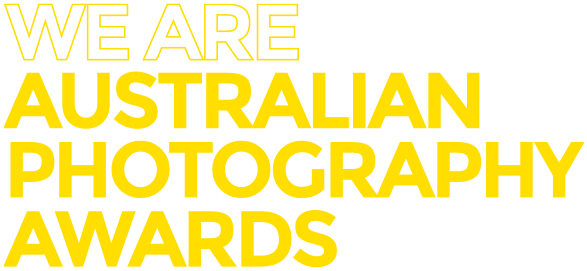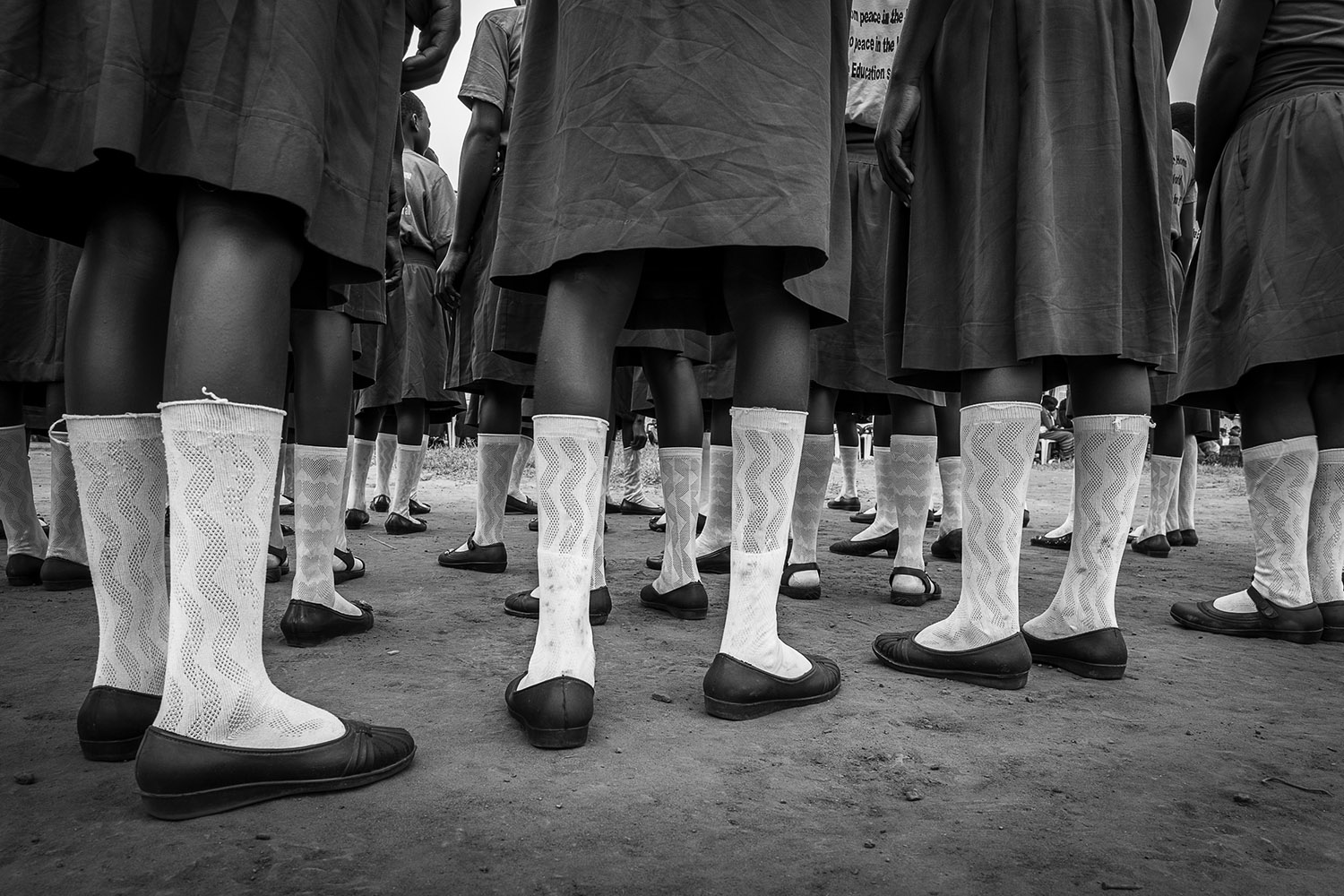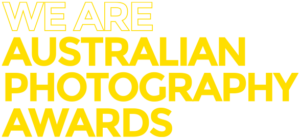Each year at APA, we make a call out for honest, original and thought-provoking imagery. These are not only examples of imagery that we would like to see, but they make up a section of our judging criteria as well. This year, we thought we would go on a deep dive into exactly what each of these criteria’s mean to our judges. First in this series; originality.
There is an old saying in art that everything good has been done before. The reality is that regardless of how often this mantra has been said, art has consistently evolved despite this decree of protest. Sure in a way everything has been done before, in a literal sense, but only because we can’t know of what hasn’t been done yet.
Originality doesn’t need to be about creating a movement or inspiring a new methodology behind image creation. Sometimes, originality is just creating a photograph that is unique to the artist or something as simple as viewing a regular event in an irregular way. We all experience the world in unique ways, and the goal of originality is to effectively communicate the individualism of that experience.
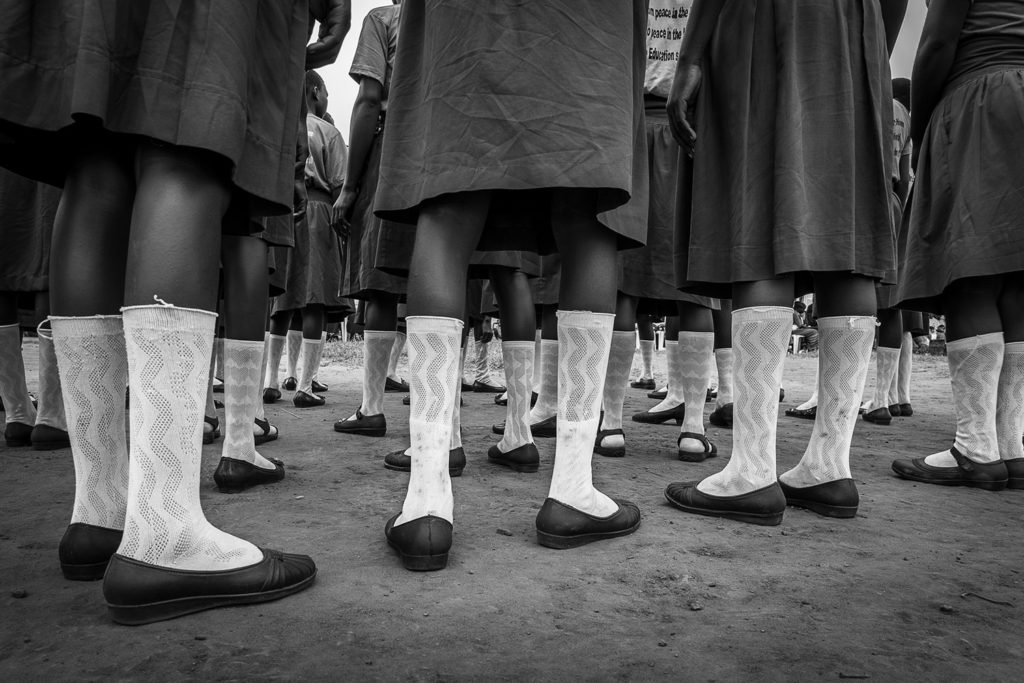
This image Sea of Socks, Gulu Uganda by Brian Hodges from the 2018 APA Documentary category is a great example of how a simple composition can be bursting with originality. When creating imagery as a documentation, we are so often drawn to faces and landmarks. These obvious visual descriptors can tell quick stories effectively and can be obvious focal points to document a space and time. What Brian has done when creating this photograph though, is take unique interest in a less-documented aspect of the scene. Brian has created a successful narrative surrounding the culture of this space by focussing on an element that many would overlook. Each one of the children pictured is wearing the exact same socks, pulled up to the same height, leading into the same pair of shoes. This uniformity gives the viewer not only an insight into cultural expectations, but also poses questions to the viewer about where, why and how? This ratio of questions and answers makes for a compelling documentary image, all posed due to the photographer choosing to focus on a part of the scene uniquely interesting to themselves.
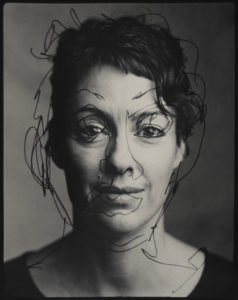 In this image by Sharon Blance entered into the the Film/Analogue section of APA 2019, Sharon has combined drawing and photography to create a self portrait which as she describes, “recorded not just my physical outward self but also a representation of my inner ‘how-i-see-myself-self ’”. Sharon achieved this by doing a line-sketch drawing on a piece of glass while looking into a mirror, then sandwiching that glass in front of photographic paper before exposing a self portrait in a large format camera. These two unique expressions of herself correlate to express a deep duality in how she sees herself. From the photo-literal to the impressionistic. It creates an image which sparks conversation around how we see ourselves and how the world might see us. This was made possible by Sharon harnessing her unique set of interests, culminating in an image which expresses her inner world in a way that only she can.
In this image by Sharon Blance entered into the the Film/Analogue section of APA 2019, Sharon has combined drawing and photography to create a self portrait which as she describes, “recorded not just my physical outward self but also a representation of my inner ‘how-i-see-myself-self ’”. Sharon achieved this by doing a line-sketch drawing on a piece of glass while looking into a mirror, then sandwiching that glass in front of photographic paper before exposing a self portrait in a large format camera. These two unique expressions of herself correlate to express a deep duality in how she sees herself. From the photo-literal to the impressionistic. It creates an image which sparks conversation around how we see ourselves and how the world might see us. This was made possible by Sharon harnessing her unique set of interests, culminating in an image which expresses her inner world in a way that only she can.
When we speak of originality, we aren’t talking about doing something that nobody has ever done before, but doing something in a way that only you can do it. A way which expresses your true identity through the imagery. Originality should feel accessible as it grants artists the freedom to create for themselves, rather than anticipating what an audience might want to see. Whilst figuring out what makes our perspective unique can be difficult, we all possess the tools for doing so inherently. Once we are honest with ourselves about what forms our individualism, the only thing left to do is figure out how to express it.
